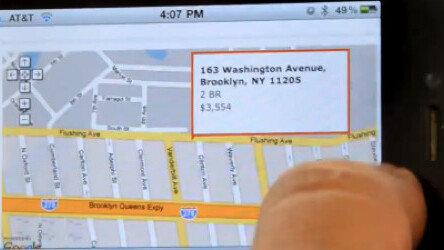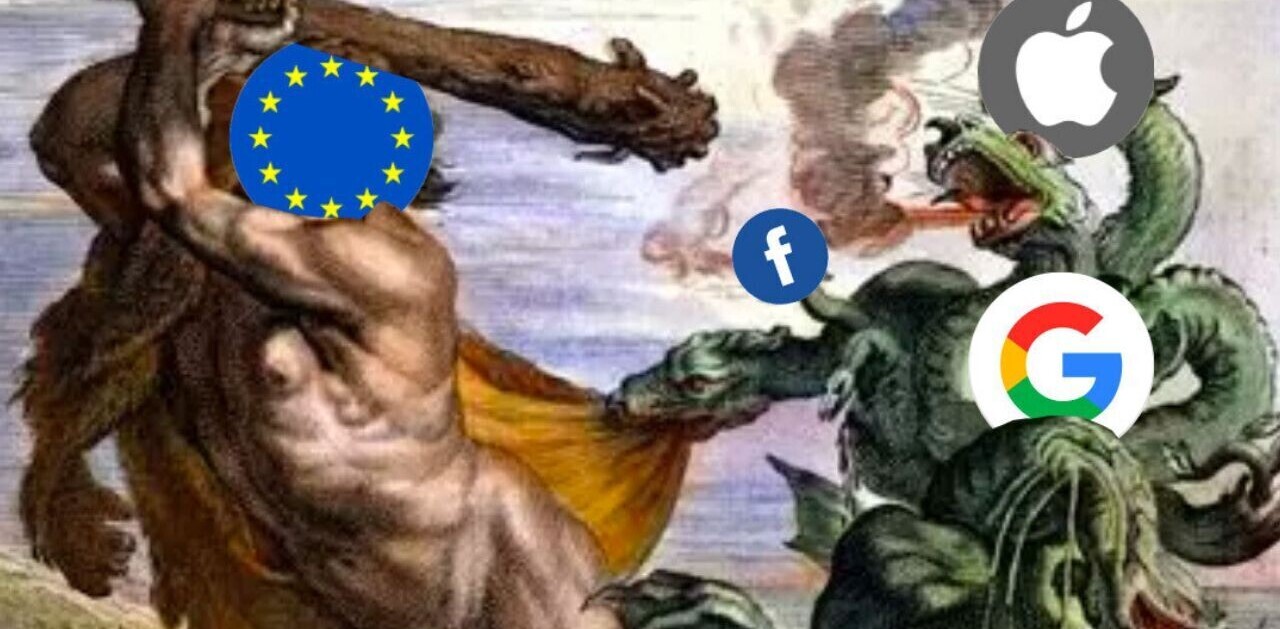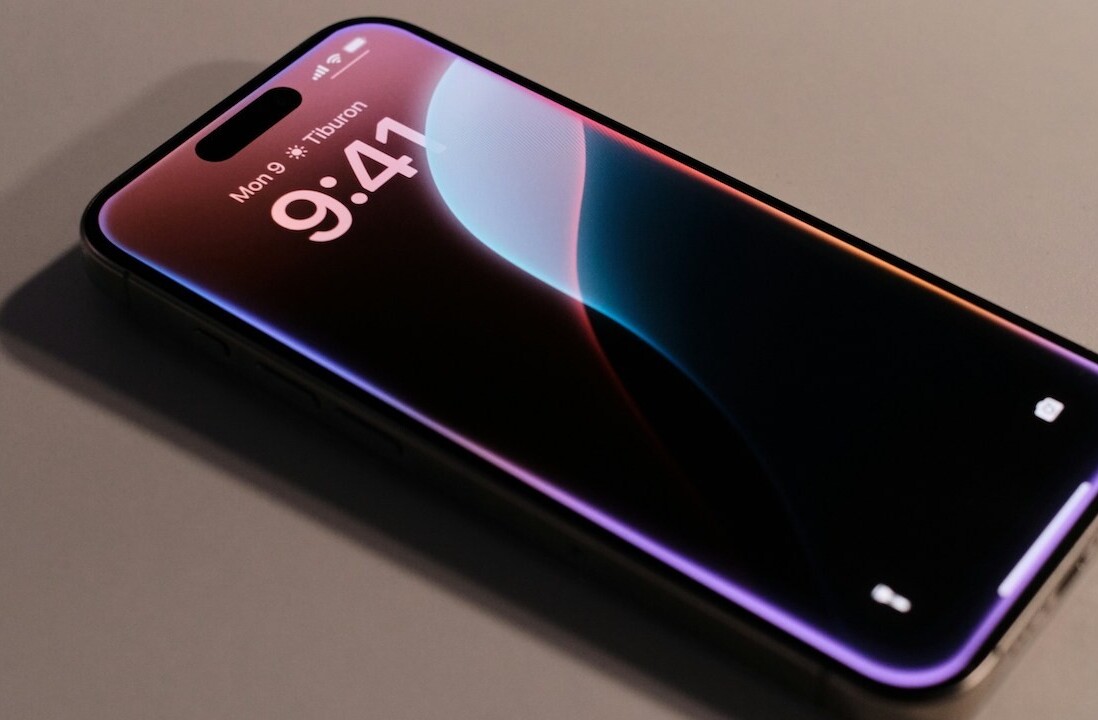
There has been a lot of talk today about a recently granted patent that seems to give Apple the ability to pursue infringement suits against any manufacturer producing a touchscreen phone.
The discussion over the implications of the patent reached a fever pitch after this PCMag article said that the patent’s application is so broad that Apple would be able to “bully other smart phone manufacturers out of the U.S. Market entirely.”
An opposing view has just been published by Nilay Patel over at This is My Next that seems to discount much of the claims about the patent’s reach. In the article, Patel says that if you carefully examine each of the claims in the patent, you get a true picture of the intent of the filing, and that the application may be much narrower than most outlets reporting on the issue may realize.
In order for a patent infringement claim to be filed, a device or software product must meet all of the requirements set out in the patent, Patel explains, and the list of elements set out in patent #7,966,578, granted on June 21, are actually very specific.
In addition to the device being touch screen, it must also display the exact behavior set out in the elements, which is to say it must display an overall frame in a web page that moves at a touch, as well as an ‘interior’ frame that you can pinch-to-zoom (or manipulate with ‘N” number of fingers) without affecting the screen at large. Think ‘Google Maps’ for instance.
Patel says that, by that definition, this patent is actually fairly narrow. “I don’t think the big brains at Google or Microsoft (or Motorola or Samsung or HTC or whoever) will have a hard time engineering around it — it’s really just one specific type of multitouch interaction,” writes Patel, “I certainly wouldn’t call it an “iPhone patent” or anything nearly so broad or sensational.”
He acknowledges that the patent does increase Apple’s arsenal when it comes to defending its innovations against its rivals in the smartphone industry, but reinforces that the patent may not be the nuclear weapon that changes the balance of the industry that many publications are painting it to be.
The points that Patel raises seem solid enough, although, unlike him, I’m not a former attorney. This does seem to change the story significantly when it comes to this patent and Apple’s ability to completely dominate the industry by enforcing it.
Get the TNW newsletter
Get the most important tech news in your inbox each week.





